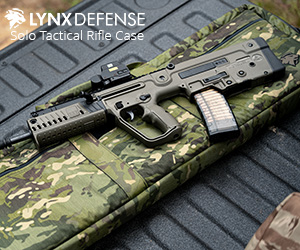FrankDude72
New Member
One of the more important concepts to internalize in the study of self-defense is recognizing a furtive movement
AND being able to articulate why you thought the furtive movement indicated the kind of threat where you felt compelled to employ deadly force.
Just whipped up a couple videos to help people understand this concept better.
First one is a live fire demonstration of how difficult it is to determine if someone's reaching for a weapon or something more innocuous.
YouTube - Furtive Movement Defense‏
Second is a lecture based on some of Preston K. Covey's IALEFI work and Ayoob's LFI-1 work,
where the criteria to use lethal force against a BG performing a furtive movement are fleshed out and articulated.
YouTube - Furtive Movement Defense Lecture‏
Hope some of y'all find this helpful.
Seemed like the most appropriate subforum, mods move if necessary.
AND being able to articulate why you thought the furtive movement indicated the kind of threat where you felt compelled to employ deadly force.
Just whipped up a couple videos to help people understand this concept better.
First one is a live fire demonstration of how difficult it is to determine if someone's reaching for a weapon or something more innocuous.
YouTube - Furtive Movement Defense‏
Second is a lecture based on some of Preston K. Covey's IALEFI work and Ayoob's LFI-1 work,
where the criteria to use lethal force against a BG performing a furtive movement are fleshed out and articulated.
YouTube - Furtive Movement Defense Lecture‏
Hope some of y'all find this helpful.
Seemed like the most appropriate subforum, mods move if necessary.



 Small world.
Small world.


